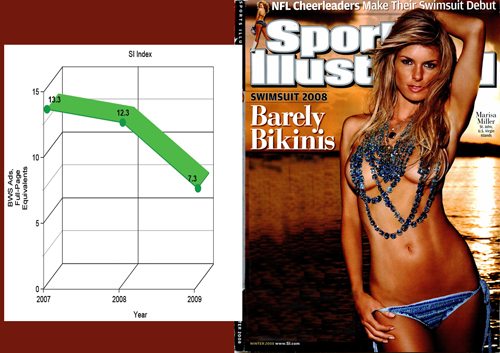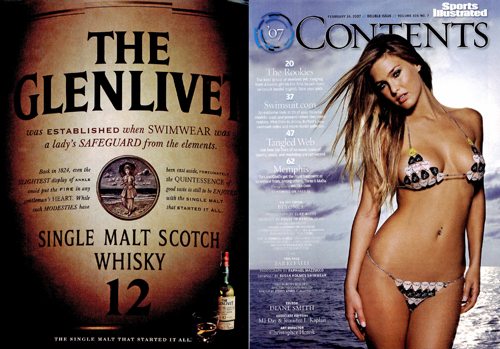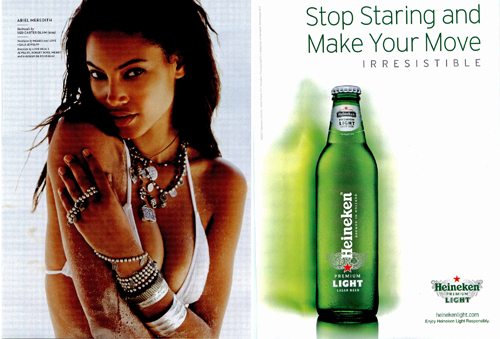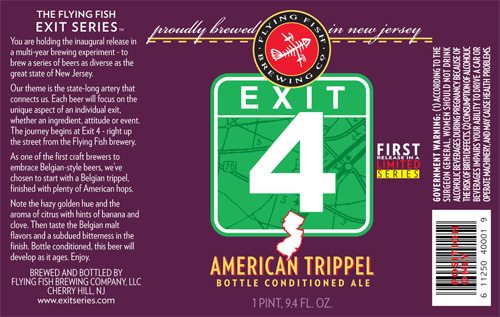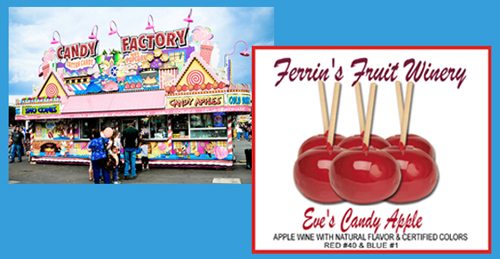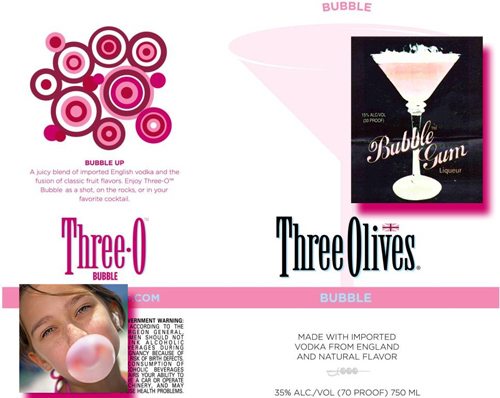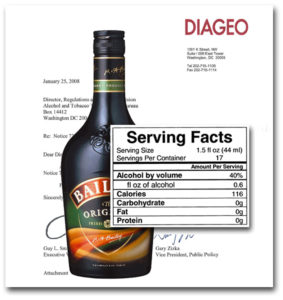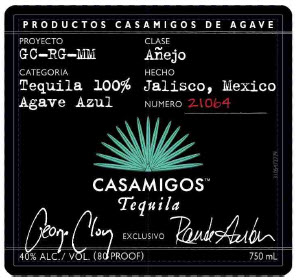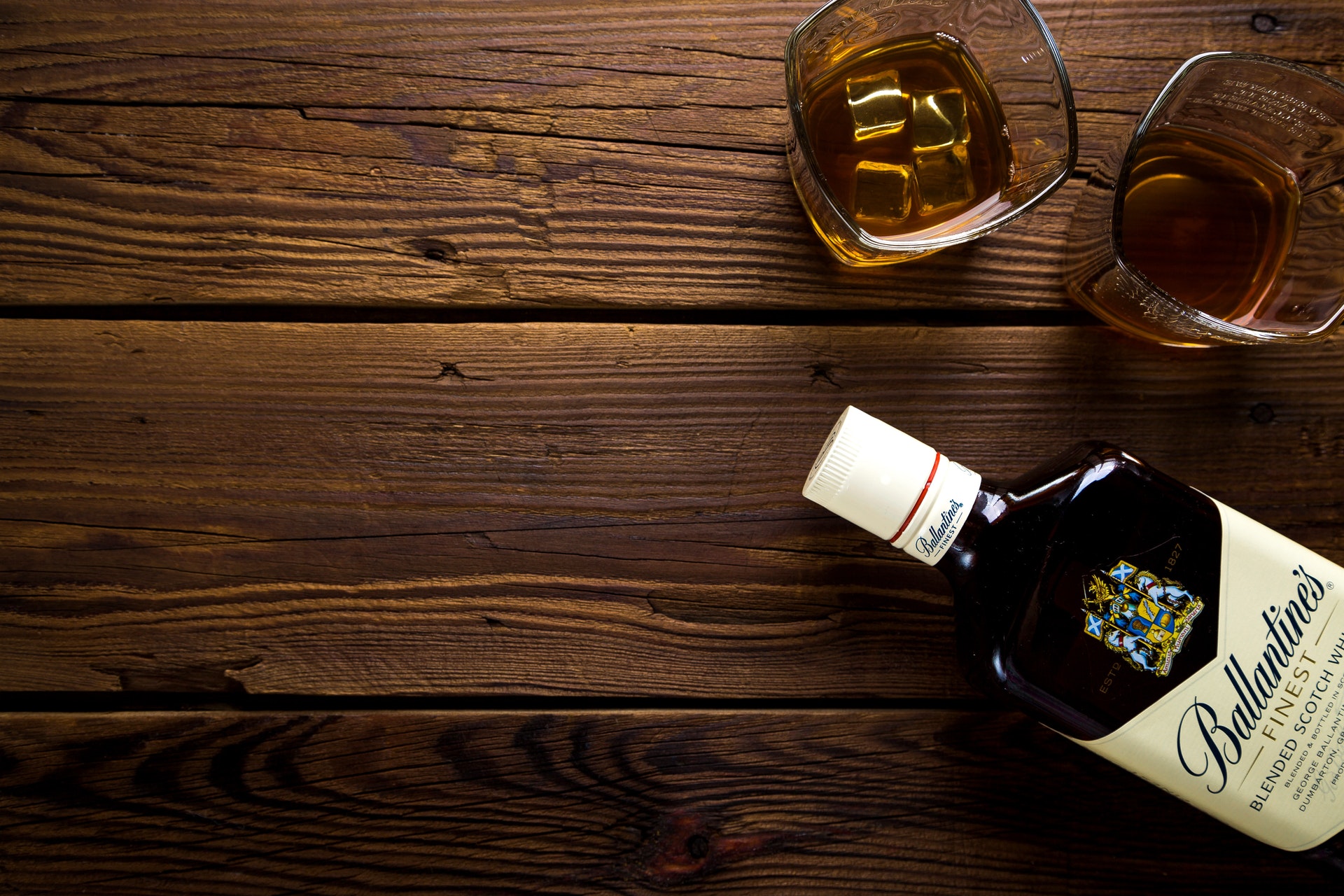TTB is not likely to allow anything labeled as “energy beer” anytime soon. But that doesn’t mean there is any shortage of beer tinged with caffeine. Notwithstanding the demise of Sparks and Tilt, there is a big upsurge in beers with added caffeine, guarana, tea, yerba mate — and coffee. Today, coffee.
Pipeline Porter is made with 100% Hawaiian Kona Coffee according to the label.
Joe is brewed with coffee, by Philadelphia Brewing Company of Philadelphia, Pennsylvania.
Yeti is stout aged on oak chips with coffee added. The front label pretty much suggests serving it with breakfast.
None of these labels mention energy, stimulants, caffeine, or the amount of caffeine, so the consumer is left to guess. My grandpa Joe never dreamed of beer mixed with coffee or any other alcohol beverage that would perk him up.
The Sports Illustrated Index: Advertising
We got to thinking that the much-ballyhooed swimsuit issue, published in Sports Illustrated every winter, might shed some light on trends in the economy, alcohol beverage advertising, and print advertising more generally. In the past, the swimsuit issue has been a prime place for beer and spirits advertising.
This year’s issue is 178 pages, chock full of bikinis. Only 7.3 pages are devoted to alcohol beverage ads. This is nearly a 50% drop off from two years ago, when the economy (and print advertising) were flying a lot higher.
A big part of this is due to one brand. Budweiser advertising was at seven pages in 2007 and down to a skimpy two pages in 2009.
Almost all of the 2009 ads seem to be customized for the swimsuit edition. Back in 2007, it was about half and half. There is essentially no wine advertising in any of these three issues, and beer accounts for 2/3 while spirits are at about 1/3.
Herewith, two of the better alcbev-centric ads tailored to this magazine.
The text on this Glenlivet Scotch ad may be hard to read, and is worth repeating. It says:
THE GLENLIVET was ESTABLISHED when SWIMWEAR was a lady’s SAFEGUARD from the elements. Back in 1824, even the SLIGHTEST display of ANKLE could put the FIRE in any gentleman’s HEART. While such MODESTIES have been cast aside, FORTUNATELY, the QUINTESSENCE of good taste is still to be ENJOYED with the SINGLE MALT that STARTED IT ALL.
They are both from 2007 and the later ones don’t seem as good.
Phony Controversy Du Jour
Maybe the world is not in such a sorry state after all, if there is room for outrage about a few beers named after exits on the New Jersey Turnpike. Various media report that MADD was alarmed about Flying Fish Brewing Company’s new Exit 4 beer, named after the nearest highway exit. Google already has well over 8,000 hits for this puny controversy. MADD is apparently concerned about linking driving with drinking, or condoning the same. But even the most cursory review shows that the link here, and the impropriety, are tenuous to put it mildly.
Speaking of tenuous connections, it will be difficult for Flying Fish to find a connection between the unique aspects of 29 exits, and 29 distinctive beers. This is well evidenced by Exit 11, the second in the series; the connection is that both relate to … a confluence.
Plenty of other labels highlight a highway or exit. Side Pocket Foods has about 10 Exit 172 labels. This Weibel wine celebrates Route 66, and this Oak Ridge wine pays homage to Route 88. And here is Route 3 Chardonnay. There is no reason for MADD to be alarmed about any of them.
Intoxicating Candy: Part Two
In the last post we showed a couple of bubble gum flavored spirits products. Today we have a handful of other candy-related alcohol beverage products, showing that there is no shortage of candy-themed adult beverages.
Bols has Candy Cane Liqueur.
Ferrin’s has Candy Apple wine.
BPNC has a cotton candy cocktail.
Baileys has a caramel liqueur.
And Crater Lake has “Candy in a Bottle” wine.
If the adults, ID, Warning and taste don’t stop the juveniles, maybe the over $10 price will.
Intoxicating Candy: Bubble Gum
In recent days a few industry veterans expressed concern about a new distilled spirits specialty with the flavor of bubble gum. Here are two. The newer one is Three Olives Bubble. The label and website don’t mention gum, but this blog confirms that it tastes like Bazooka, and the packaging certainly reminds me of bubble gum.
The other one is Bubble Gum Liqueur, bottled by M.S. Walker of Somerville, Massachusetts. This one does not eschew the use of the word “gum,” and refers to Bubble Gum at least half a dozen times.
It strikes us as reasonable to evaluate whether gum and candy are so irresistible to children that they are inappropriate on alcohol beverage labels or as main flavors. But in the next post we will show that these two products are not so unusual. There are a great many alcohol beverage products referring to candy — even without counting the hundreds or thousands of chocolate products.
Michael Taylor’s Comment for Diageo; Top 5 Things to Know
It is likely that all beer, wine and spirits labels will change dramatically in the near future. TTB Administrator John Manfreda confirmed this in a recent speech. TTB has been working on new rules since CSPI and other groups submitted a petition in 2003. The new rules would require a “Serving Facts” panel on every container. This panel would include a lot more information, such as the typical serving size, number of servings per container, calories, carbohydrates, protein and fat. Because this is a big, controversial change, TTB has received more than 18,000 public comments during the past few years. There are far too many comments for most people to review, and so we will highlight and summarize the most noteworthy comments here. The most recent proposal and comments are here. This is comment 21 in a series; to see others, click on the “serving facts” tag below.
Michael Taylor (on behalf of Diageo) submitted a 4 page comment. It said:
- Diageo hired Mr. Taylor in 2005 and he’s currently a research professor at George Washington University. From 1991-1994 he was FDA’s Deputy Commissioner for Policy and was actively involved in setting the comparable rules for foods more generally.
- I am disappointed that TTB will not require reference to a “standard drink.”
- The Dietary Guidelines are an important tool and among other things they point out that moderate consumption of alcohol may convey health benefits.
- It is wrong to argue that there is no “standard drink.” The concept can and should be used to avoid the need for consumers to make complex calculations at the point of purchase. It is similar to the % daily value concept successfully deployed by FDA.
- “Any new alcohol label will have to be explained to consumers, and TTB should recognize that no new information tool on a consumer label achieves its full utility overnight or automatically.” TTB must preserve the “serving facts” concept and make it workable.

